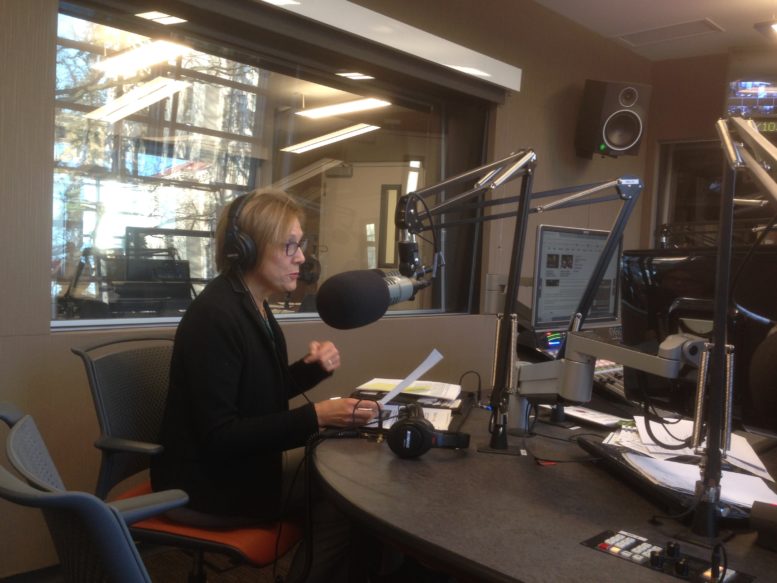By DAVID DUPONT
BG Independent News
A study conducted last summer by the Wood County Alcohol, Drug Addiction and Mental Health Services Board showed that 4.3 percent of those surveyed showed some tendency toward disordered gambling behavior.
The study was done while first-year students were on campus before the semester started, said Lorrie Lewandowski, ADAMHS associate director.
The survey found males more likely to indicate problem gambling tendencies than females.
The study is an ongoing effort to study disordered gambling, prompted by the opening of four casinos in 2012 in Ohio, including the Hollywood Casino Toledo, just over the Wood County line.
The constitutional amendment that approved the casinos requires they provided 2 percent of their gross revenues to combatting problem gambling. In 2016, $5.4 million was generated for those efforts, according to the state’s casino control commission.
But casinos are just one gambling option. The Ohio Lottery offers a variety of games that are widely available. ADAMHS figures show there are more than 115 licensed lottery retailers in Wood County who sold over $24 million worth of lottery products in 2014. About 2,000 online gambling sites exist, most operating illegally.
Lewandowski said the ADAMHS board is focusing on three groups, teenagers up to age 18, college age youth, and senior citizens. They are the groups most in danger of developing gambling disorders.
The board employs Bill Ivoska to consult on developing local data. If the board is charged with addressing local problems then it needs local information, she said.
Ivoska recently co-authored a scholarly article based in part on Wood County data that showed while lottery games such as scratch off tickets were the most common form of gambling among young people, sports-related gambling including fantasy sports, has a stronger link with developing problem gambling behaviors.
Among college students online gambling is also prevalent.
What the survey found was that college student athletes were more likely to engage in fantasy sports type gaming. She attributed this to long rides to athletic contests leaving them with time to kill.
College students reported little interest in visiting casinos, citing lack of money and lack of transportation, Lewandowski said.
Those with gambling disorder display the same symptoms as those with drug addiction. Gambling taps the risk-reward center of the brain, where the excitement of the game and possibility of winning creates a high.
In Wood County, 3 percent of the adolescents, 14 to 18, displayed some tendencies toward disordered gambling. Again the problem was more prevalent in males.
The still-developing young brain is particularly vulnerable, she said.
The elderly face their own risks. They are more likely to have suffered the loss of loved ones, be isolated and adrift after retiring or losing their jobs.
Signs of problems include setting a limit on how much to wager and then exceeding it. Losing so much that there’s not enough money let for life essentials.
This can lead to dropping out of school or college, alienating friends and family, divorces, inability to pay bills, and tapping into savings.
Very few people, she said, seek treatment for gambling problems. Rather the issue presents itself as other issues are discussed.
The good news, Lewandowski said, is that treatment is available, and it works.




